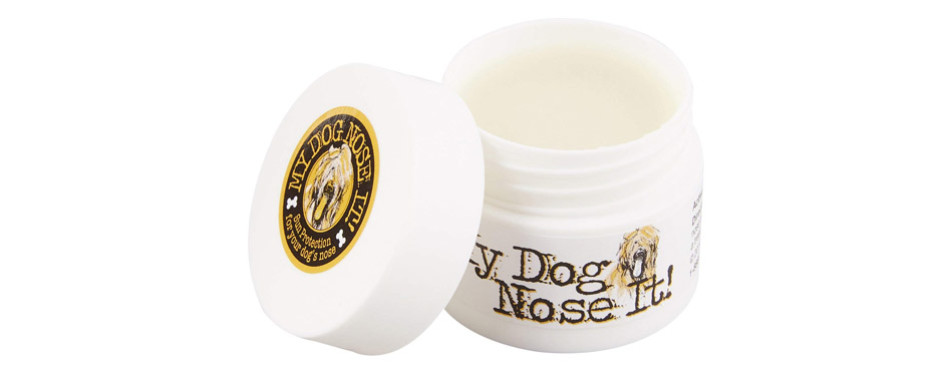
Ultimately, the best type of sunscreen will be one that works for you and your dog. You can also get great coverage with sprays, however, some dogs may not appreciate being sprayed, especially in their faces. Sprays are easy to apply all over your dog’s body without too much hassle. This is a great method for those who want a mess-free application. Sunscreen wipes can be easily spread all over your dog, and the sunscreen dries fairly quickly. They can be applied directly to your dog, or you can rub the stick on your hands and then apply to your dog manually. However, cream-based products can make a big mess on larger, furrier areas of your dog. Creams provide solid, reliable coverage for your dog’s sensitive nose and ears. Sunscreen creams are one option for protecting your pooch from the sun. Well, the same applies to doggy sunscreen too!
CANINE SUNSCREEN HOW TO
How to Choose a Dog Sunscreen: Different Application Methodsįor human sunscreen, there are all kinds of options for application, including spray, sticks, and lotions.
CANINE SUNSCREEN SKIN
Dogs with pink, white skin are also especially susceptible to burns. Make sure your pup always has access to fresh water.ĭoes your dog enjoy going to the beach? Is she a swimmer? Tell us all about it in the comments.Yes! Just like humans, dogs need sunscreen when they’re out in the sun for long periods of time.ĭoggy sunscreen is especially important for dogs with white or light-colored fur, as well as those with thin fur. Remember, it’s also important to keep your dog safe from the heat. The best way to stay safe from UV rays is to avoid them entirely. Make sure your dog has a place to escape the sun’s rays in your backyard or in any other outdoor location where she spends time. Look for lighter colors as well to help keep your dog cool. If your dog has a reaction to sunscreen, an alternative is light clothing designed to block the sun’s rays. You don’t need to cover your dog all over, just in the areas that will be exposed to the sun. Put the sunscreen on a small area, and keep an eye on the skin as well as your dog’s behavior to see if there’s any problem. Check the label before you apply.Įven if you select a sunscreen you believe is safe, there’s a chance your dog may have a reaction to it. It’s a common ingredient in sunscreen, but unfortunately it can be toxic to dogs if they eat it because of the zinc. If you’re having trouble finding a canine-specific sunscreen, look for one that’s safe for human babies or sensitive skin. Search for sunscreens that are designed specifically for dogs, and consult your veterinarian for recommendations. Instead, you can help keep them cooler by using an undercoat rake regularly to get rid of dead hairs. That hair is protecting their skin from UV rays, and if they’re shaved, it leaves them more exposed. Ready to give your dog a coat of sunscreen? Here are a few best practices and safety tips to keep in mind. If it’s just a quick walk around the block, your dog is probably fine, but if you’re heading out for a day at the beach or a camping trip, then your dog needs extra protection, just like you do. Your dog will be spending a lot of time outdoors The areas that need protection include the space between their back legs and their snout (if it’s pinkish).

These pups love enjoying the warmth of the sun’s rays - and may do so to their own detriment. Provide Exercise, Discipline, Affection.


 0 kommentar(er)
0 kommentar(er)
